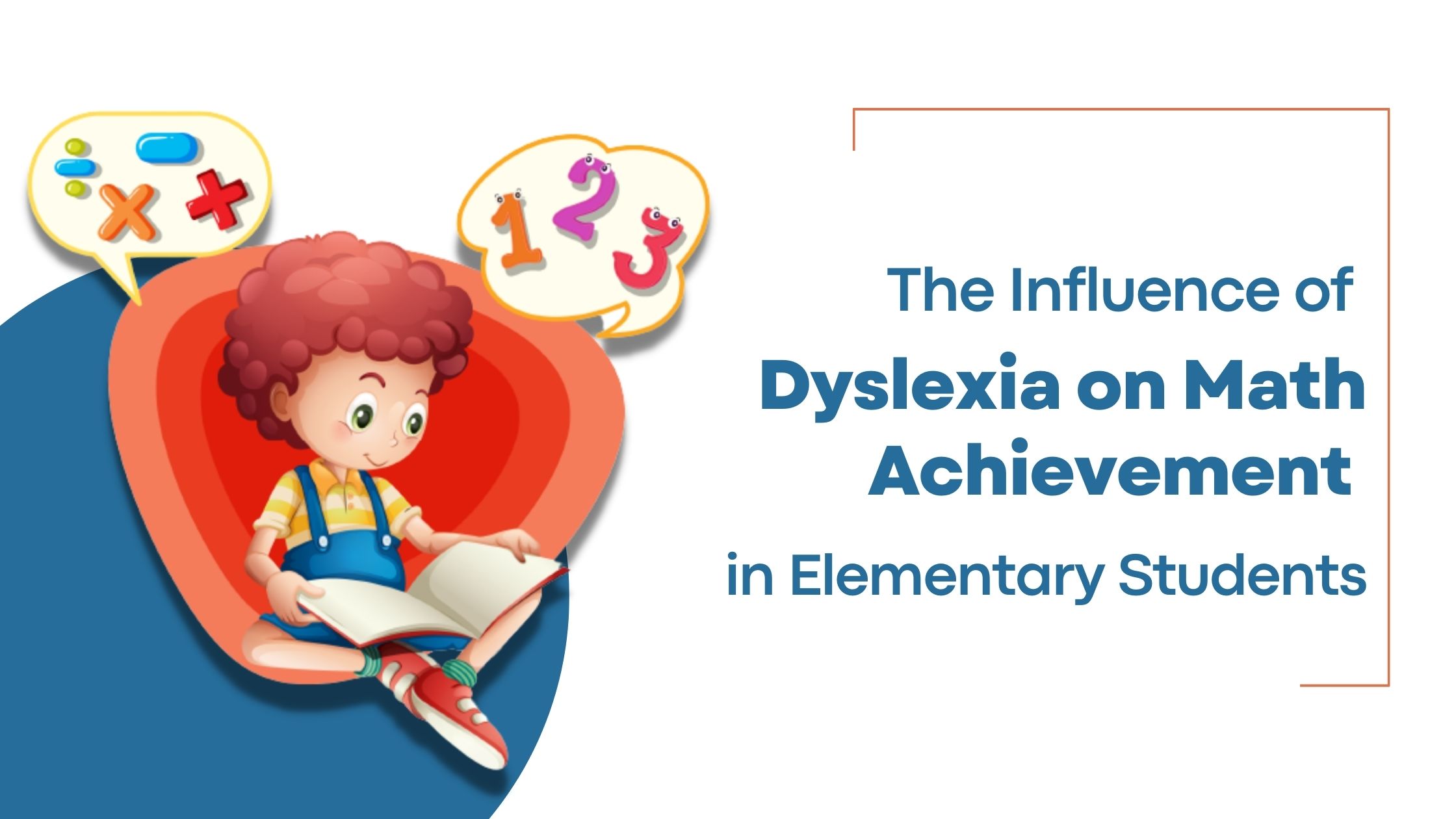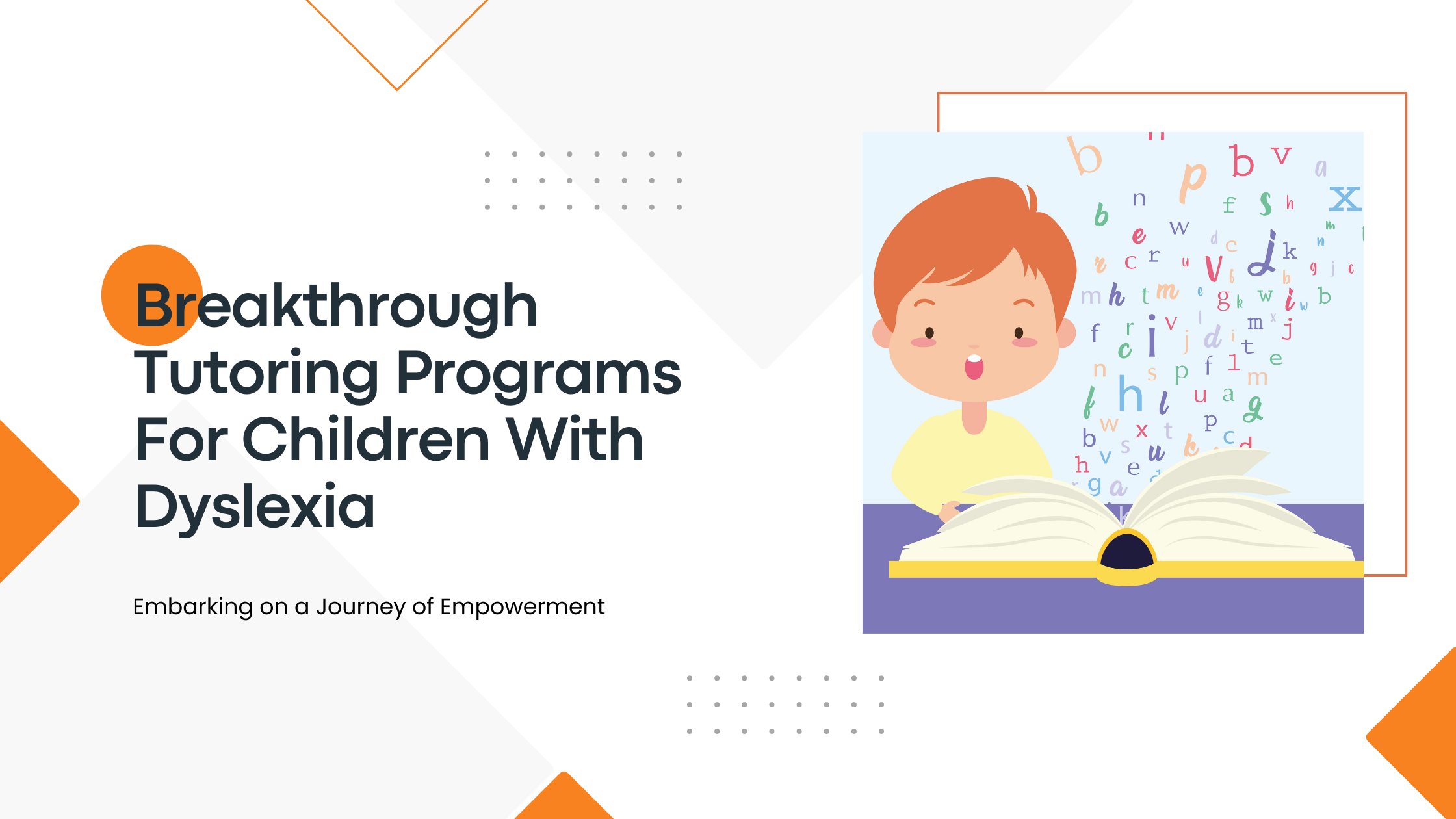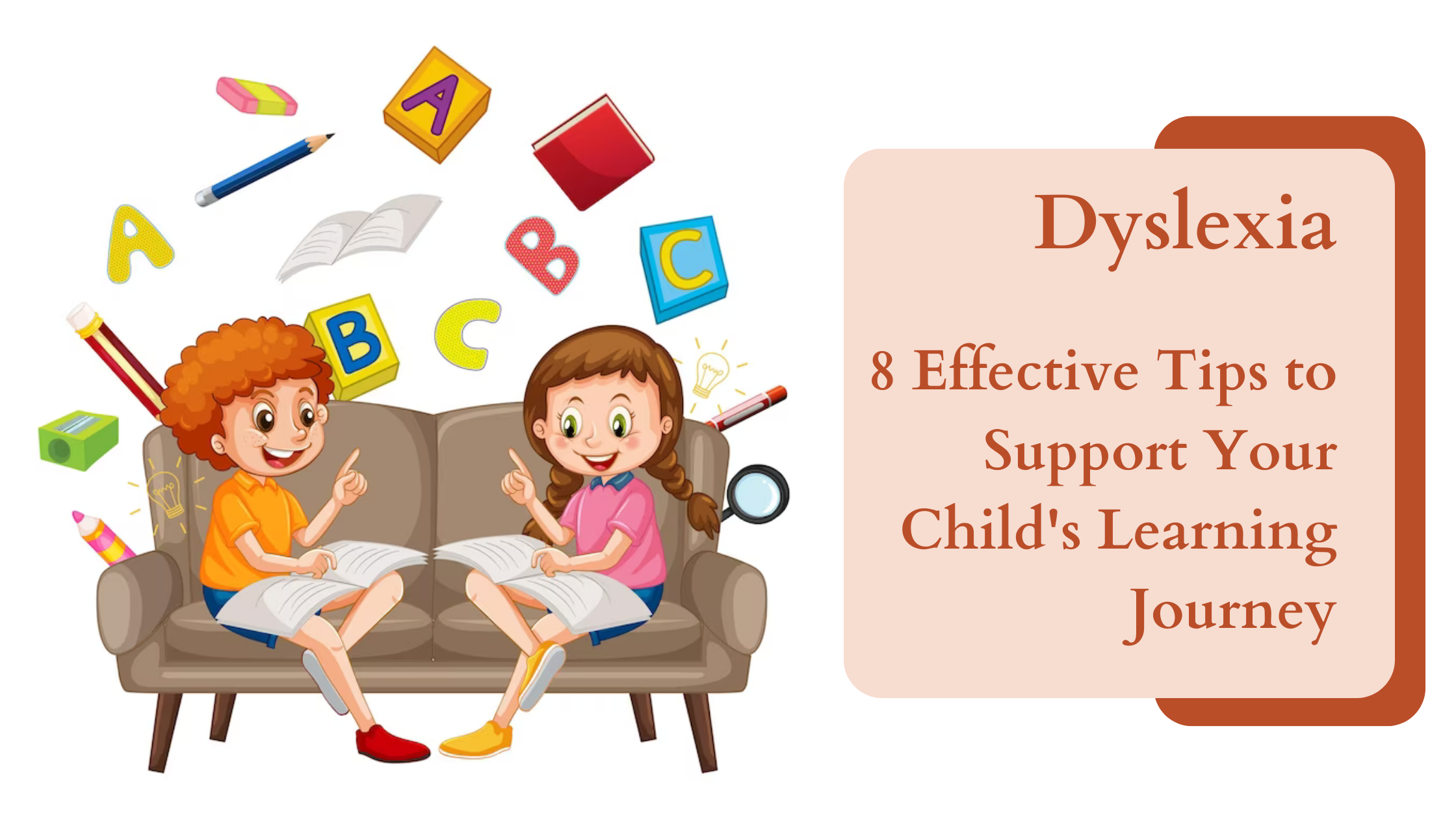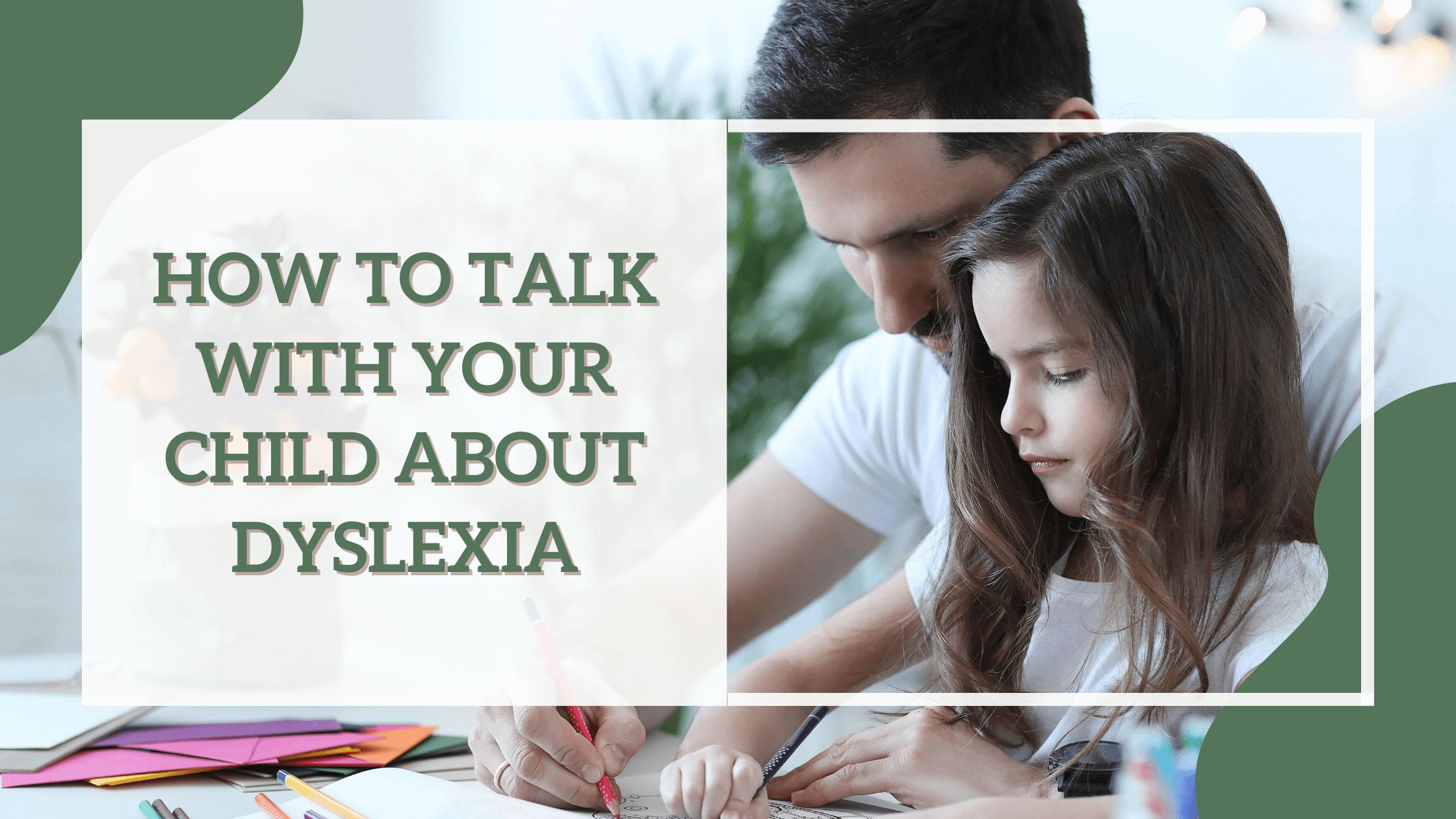
What is the first thing that comes to mind when you hear the term’ dyslexia’? Most people associate dyslexia with difficulty in reading, writing, speaking, etc.
Math is typically the last thing that comes to mind. But what if we told you that math is among the top areas where students with dyslexia have significant trouble?
As dyslexia is a neurological learning disability, it affects people differently. Let’s discuss this in today’s blog to understand how dyslexia intervention programs are designed to help such students.
What is Dyslexia?
While dyslexia is a common term used to describe various language-learning challenges, it can be defined as a learning disability mainly related to having difficulty with the alphabet, reading, writing, spelling, and decoding.
Children with above-average intelligence, adequate upbringing and opportunities, and conventional learning assistance may have these learning challenges.
Dyslexia is not only a linguistic learning disability. A child’s math abilities can also be affected by dyslexia, as the child would have difficulty decoding even simple mathematical concepts.
In a broader sense, children exhibit difficulty with the following when they have dyslexia:
- Decoding and encoding
- Word and spelling recognition
- Phonological awareness
- Reading comprehension
- Mathematical concepts
What Are the Complications Associated with Dyslexia?
The complications associated with dyslexia are numerous. From language and math skills to social anxiety, kids with dyslexia experience various challenges every day.
Most of the issues presented in dyslexia can be broadly classified into the following:
- Learning challenges
As dyslexia impacts a child’s ability to read and comprehend, it also affects all other learning experiences. Reading is a fundamental skill and prerequisite for learning most subjects.
Hence, students with dyslexia may be unable to keep up with their peers in almost all subjects. This can lead to personality disorders, as well, in the long term.
- Social problems
For many children, dyslexia can grow into other pressing psychological concerns ranging from low self-esteem, aggression, and anxiety to behavioural problems and social withdrawal.
- Problems as Adults
Undoubtedly, learning disabilities like dyslexia can deter students from reaching their full potential as they grow up.
Dyslexic conditions affect the children’s academic growth and negatively impact their social and economic stature. These issues can continue into adulthood.
To help prevent or limit these learing and social issues, it is best to diagnose and treat dyslexia as early as possible.
There are many specialized dyslexia intervention programs, such as the ones offered at special learning centers like Strategic Learning Clinic.
Effective Dyslexia Intervention Programs
There are diverse dyslexia intervention programs that child learning centers offer to address the challenges that children face.
However, various factors need to be in place to make any program successful. Let’s check them out here:
- Strengths-based approach
In the book titled ‘The Dyslexic Advantage,’ the authors emphasize that the brains of children with dyslexia are wired differently, unlike neurotypical brains. They say the difference is not necessarily a disadvantage as it leads to unique strengths that can process information differently.
These strengths enable the children to overcome, more often, the challenges associated with dyslexia.
Hence, the focus should be on organizing, harnessing, and improving these strengths in dyslexic children to improve their linguistic and math skills. This is akin to how math is taught to the students.
Teachers follow a structured approach that moves from concrete to abstract understanding, which provides a strong foundation of the concept and then builds on their knowledge through learning.
- Provide Students with the Proper Context
An effective dyslexia intervention program provides students with the proper context. Most of the time, math learning is concerned with abstract contexts.
However, it does not have to be that way, as tutors can use relatable and more concrete contexts. They will learn the concept using diverse contexts to help kids improve their conceptual understanding.
Let’s take an example of division. Is it possible to separate 11 ice creams into 3 equal groups? What about chocolates or cookies? As we give more context to children with dyslexia, they can relate to the fundamental concept of dividing more effectively.
Dyslexic students wouldn’t understand the simple division of 11÷3 without any context. Providing a bigger picture is often the solution to help dyslexic children improve their math skills.
- Personalized Learning
When trying to help dyslexic children learn math, personalization is one of the most effective learning strategies. Understand the student’s needs based on their challenges and devise adequate strategies for that particular student.
This can quickly be done by connecting the learning to the child’s personal life. For math, connect the same to sharing chocolates among friends, for example.
In the book titled ‘Making Meaning of Operations,’ the author states that children start understanding math basics from their daily lives. Examples could be sharing things with others, counting objects, pooling play items, etc.
A dyslexia intervention program uses this knowledge and experience to improve math skills.
- Leverage Real-life Examples for Learning
From our experience helping students with dyslexia acquire math skills, we have found that the children should spend more time in the concrete stage to get the fundamentals right.
Although we tend to focus on finding answers, as math is all about, it can also be about relationships. Let’s use the following as an example:
Say a class goes to the playground. 4 children are at the seesaw, while 6 are at the swings. Now, 2 more students also go to the swings. As a result, 8 students are at the swings while 2 are at the seesaw.
This is not about finding answers. However, the context encourages the students to understand the relationship between 6+4 and 8+2.
How Can the Strategic Learning Clinic Help Your Child?
Through our experience helping numerous dyslexic children, we understand that providing support at the earliest learning stages is crucial. We have designed dyslexia intervention programs to help children build the right math foundations.
The Strategic Learning Clinic has been highly successful in our efforts thanks to the following factors:
- The Students Come First
Before providing any program to the children, we try to understand what the child needs. What are the challenges? What is the child’s level of understanding, etc.? This helps us deliver the most personalized support for the child.
- Use of Standardized Tests
We have a variety of standardized tests to understand the levels of comprehension and challenges each student faces. The results of these tests are then used to formulate the interventions for each student.
- Customized Learning Programs
At the Strategic Learning Clinic, we excel in personalized learning programs. We understand that each child is unique with their own learning abilities. With this knowledge, we plan and design each learning exercise to cater to the learning specialties of the child.
Understanding student’s challenges and creating dyslexia intervention programs around those challenges is the best way to help kids with dyslexia.
At the Strategic Learning Clinic, we understand that traditional, content-based tutoring is ineffective in facing the child’s math challenges. That’s why we have created highly personalized remedial-based approaches that help dyslexic children develop foundational skills and close the learning gaps.
We focus on delivering personalized learning support to students with diverse learning disabilities, including dyslexia, using an inventive teaching approach. With a highly supportive learning environment that encourages kids to learn and grow, we aim to ensure each child’s success and personal fulfillment.



